Toyota City Museum is located in Toyota City, Japan. The museum exists harmoniously with the site, featuring an integrated space as a design choice by Shigeru Ban Architects.
The museum is remarkable due to its connection to the area and the second-floor level of the existing Toyota City Museum of Art, designed by Yoshio Taniguchi in 1995. The existing museum building is 5 meters higher than the new museum building.
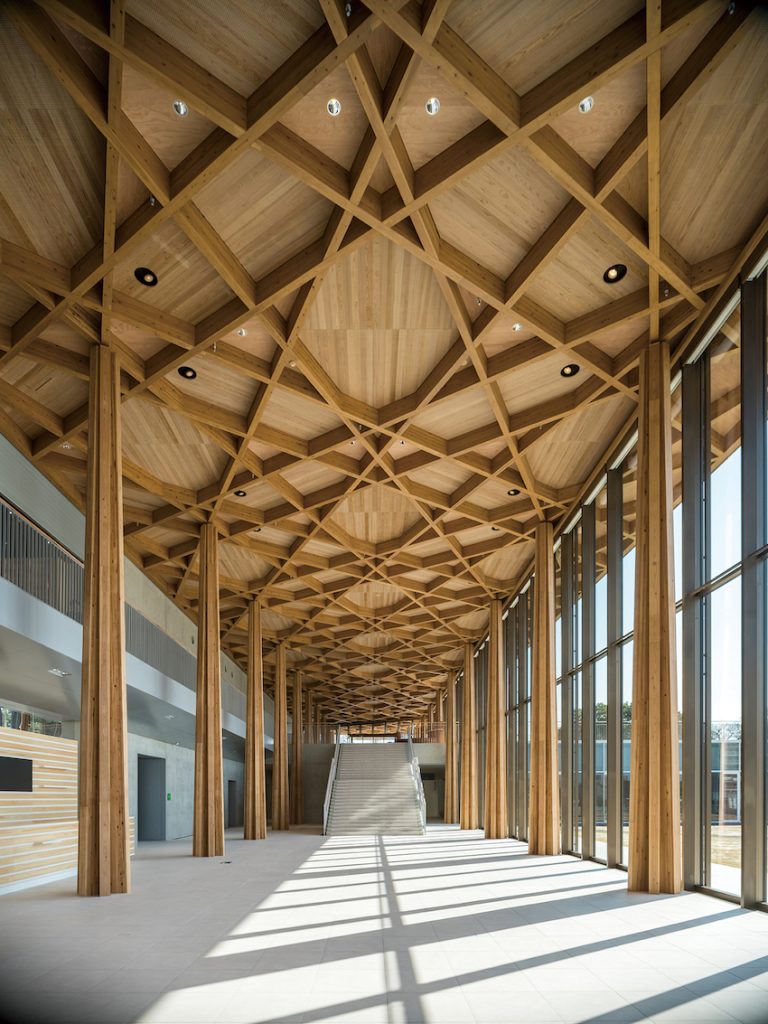
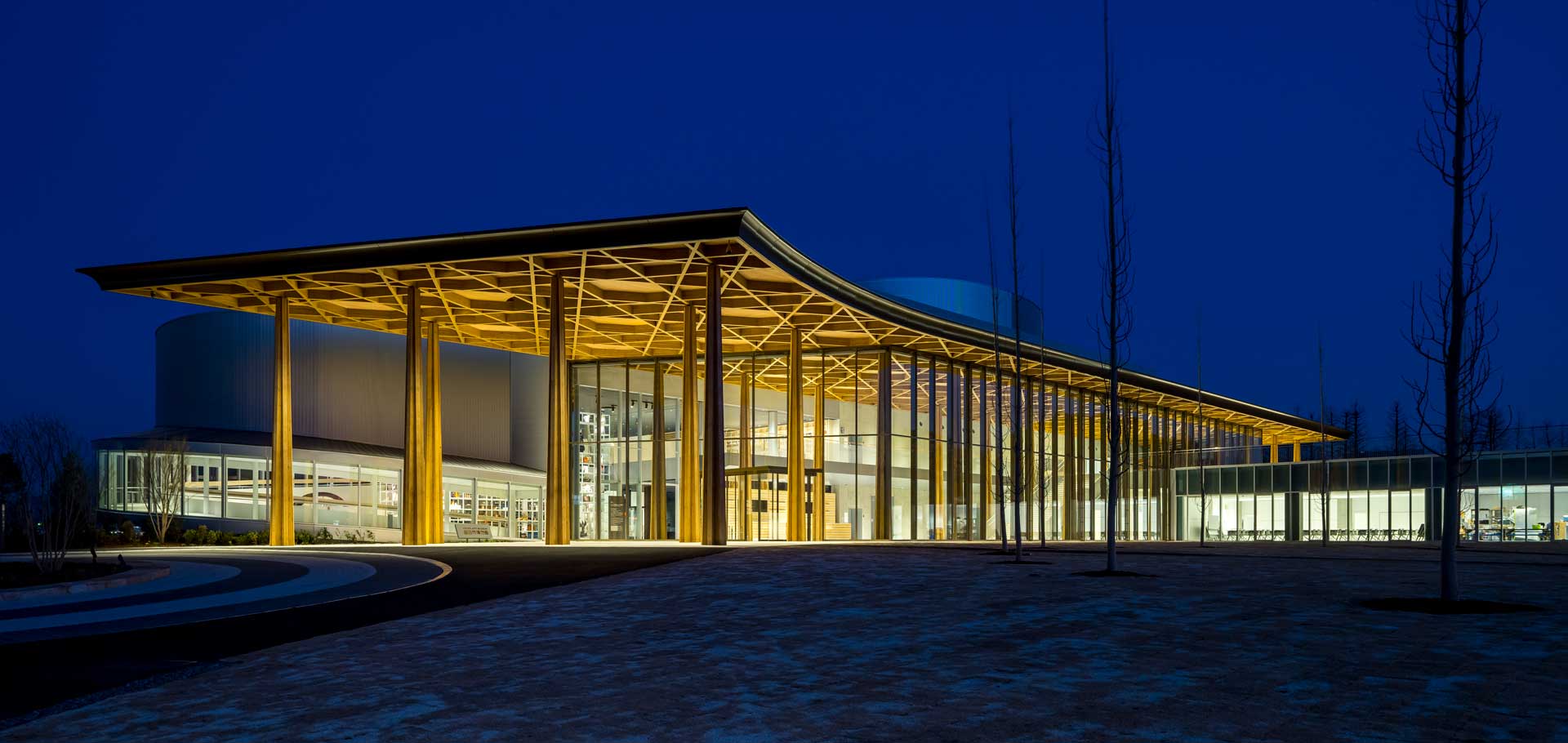
Toyota City Museum is made with local cedar material for structural and aesthetic uses; the architect designed a wooden roof to combine two museums under the same structure to make the area look like a museum complex and transform it.
The Toyota City Museum’s structure is made of local cedar. The two museums were combined under a wooden roof to establish structural integrity with the Toyota City Museum of Art and define a “museum zone.” This area definition allows visitors to recognize that both museums are present and welcoming to guests and provide access to travel between them.
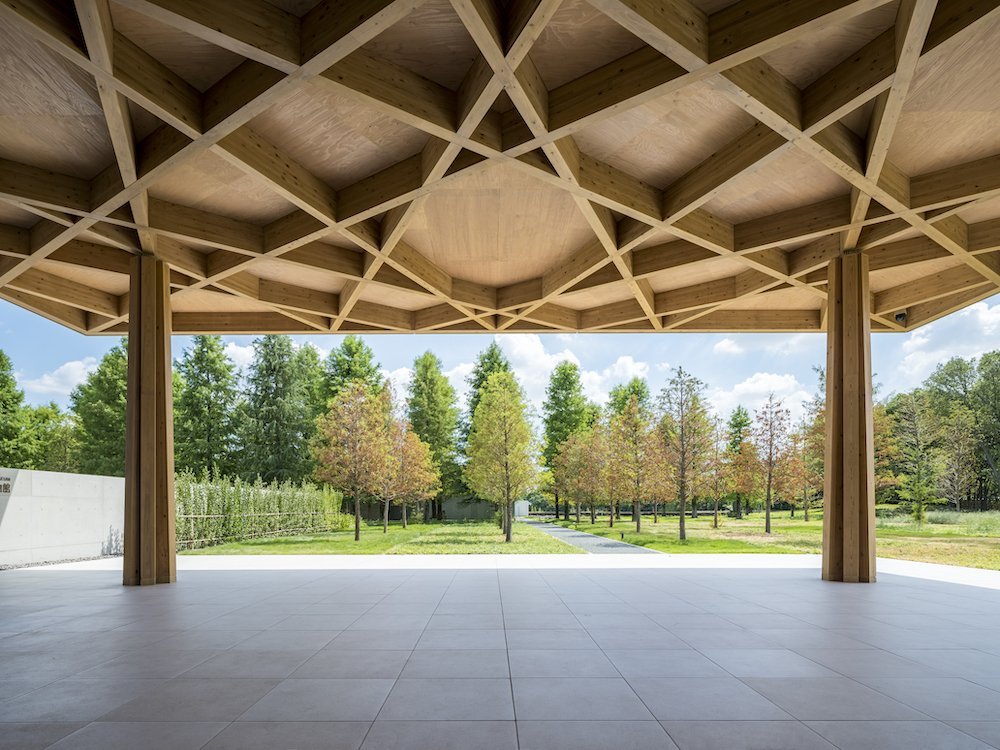
This connection occurs through a zone called “interstitial space.” Over this connection, two museums have shaped the museum district of Toyota City.
“If the art museum by Yoshio Taniguchi is a masterpiece of modernist architecture that makes abundant use of metal and glass and represents the latter half of the twentieth century, then the Toyota City Museum is its polar opposite—a work with an organic facade and space in which wood is used in abundance so that it contributes to the solving of the problem of the environment, the most important theme of the twenty-first century.”
Shigeru Ban
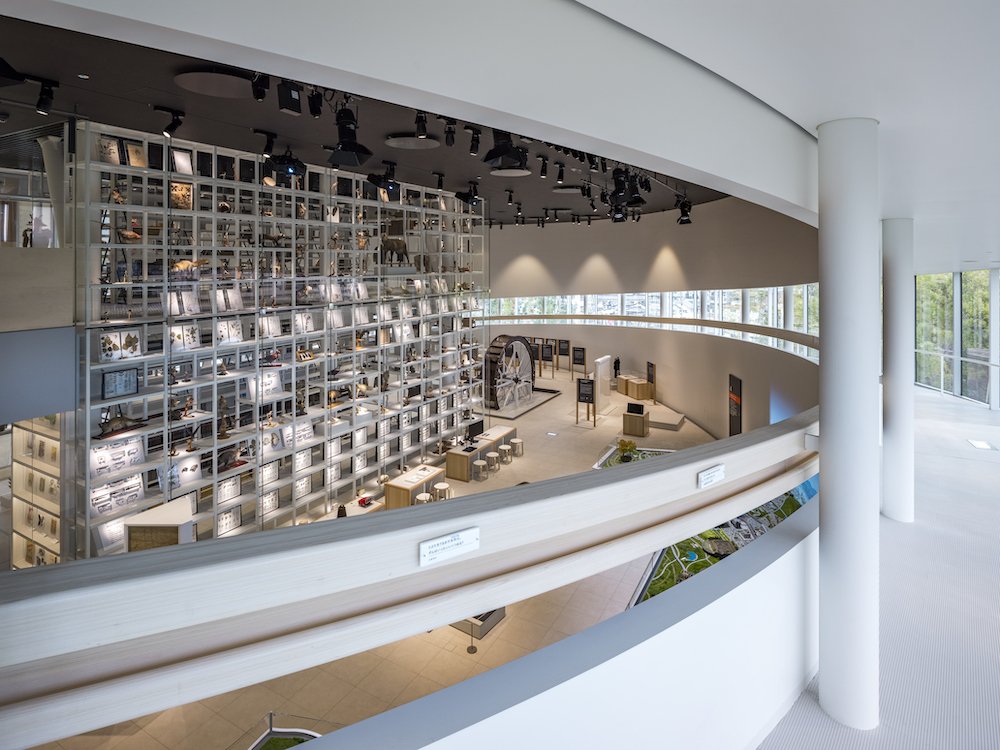
Cedarwood allows for the minimization of CO2 emissions. This eco-conscious approach made the museum Japan’s first to achieve ZEB (Net Zero Energy Building) Ready certification, positioning it as a leader in sustainable public architecture.
Material choice helps construct a modern building with sustainable features such as minimizing CO2 emissions. This environmentally conscious approach made the Toyota City Museum Japan’s first to receive Net Zero Energy Building Ready certification, establishing it as a leader in sustainable public architecture.
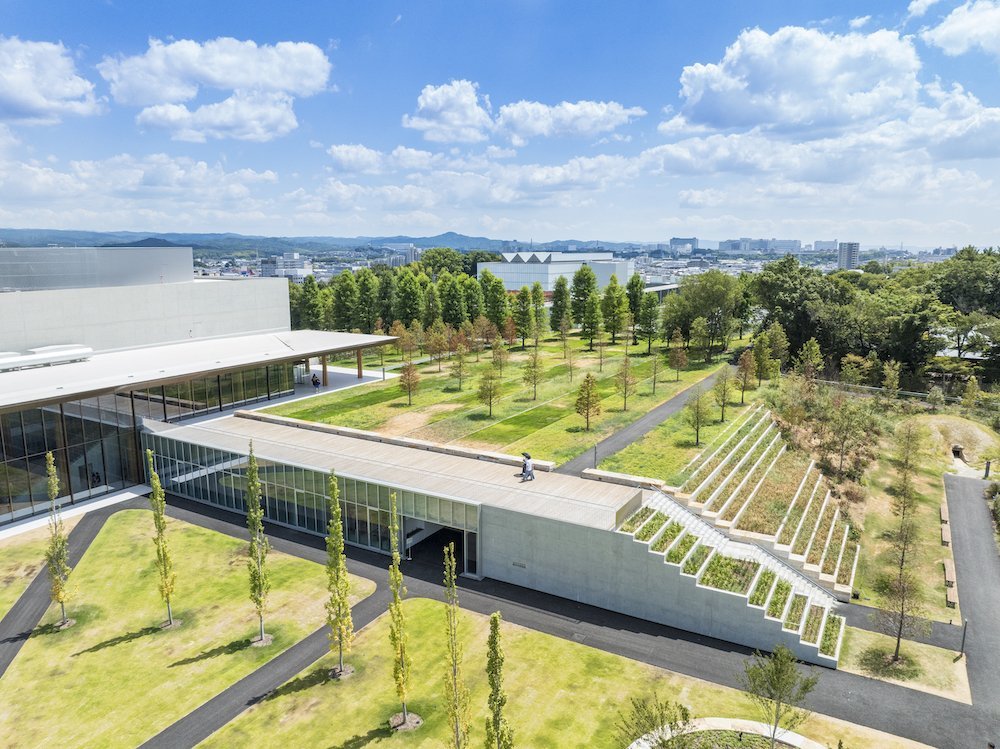
Learn with PAACADEMY: Check out the workshops at PAACADEMY to learn from the industry’s best experts how to use advanced parametric design tools, AI in design workflows, and computational design in architecture!




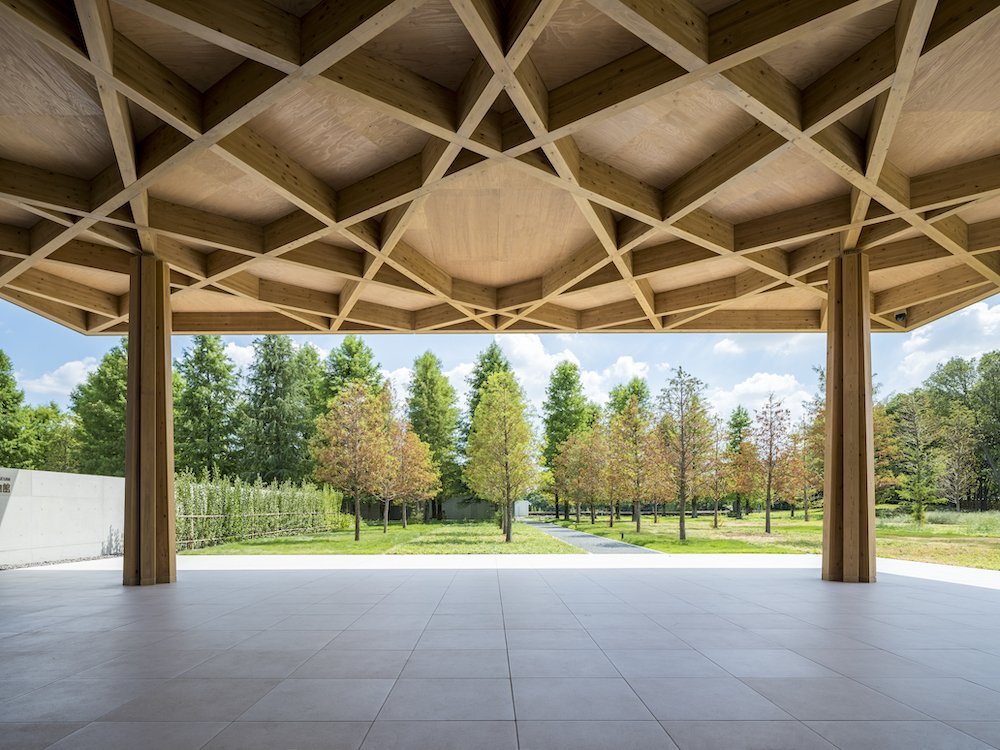




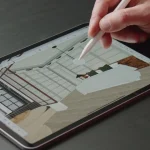









Leave a comment